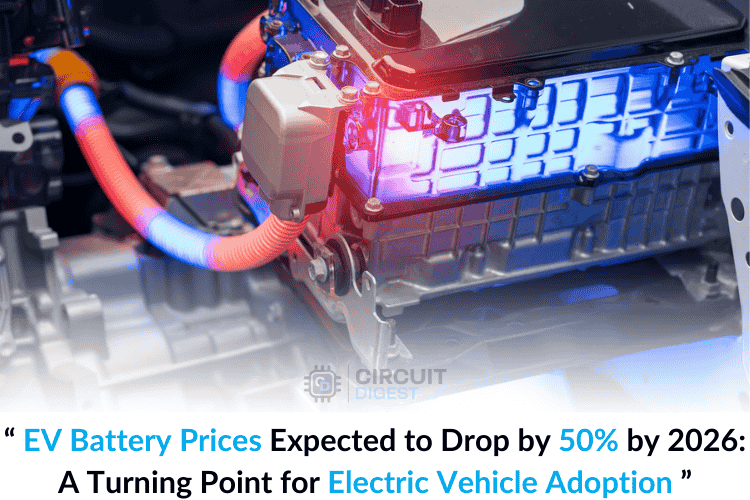
Electric vehicle battery prices are likely to decline by nearly 50% by 2026, driven by technological advancements and falling metal costs. This significant reduction could make the overall cost of owning an EV comparable to that of petrol or diesel-powered cars.
Electric vehicle (EV) battery prices are expected to fall by almost 50% by 2026, according to Goldman Sachs Research. This significant price drop could make the overall cost of owning an EV similar to that of petrol (or) diesel powered cars. Two main factors are driving this change: new technology and falling prices of battery metals. Recent improvements in battery technology, including batteries with about 30% higher energy efficiency, are helping manufacturers produce better batteries at lower costs. The shift from traditional battery designs to cell-to-pack structures simplifies manufacturing and boosts energy efficiency. Additionally, prices for metals like cobalt and lithium, which make up about 60% of battery costs, are declining. It’s estimated that around 40% of the total price drop from 2023 to 2030 will come from lower metal costs, reversing the increases seen during the past few years.
Global average battery prices have already begun to decline, dropping from 1 kilowatt-hour (kWh) for $153 in 2022 to $149/kWh in 2023. By the end of this year, prices are expected to fall to around $111/kWh, with an anticipated average of $80/kWh by 2026. This reduction will enable EVs to achieve cost balance with petrol cars in the U.S., even without government subsidies.
As battery prices drop, the market is likely to see a surge in EV adoption by 2026. However, established battery manufacturers will face increasing competition, as five major companies currently hold nearly 80% of the market. Their increased spending on research and development makes it tough for new entrants, but the future looks promising for the EV industry as it prepares for a major shift in transportation.

